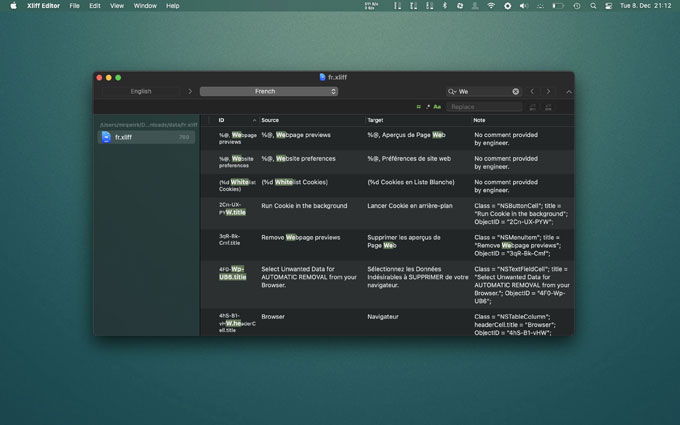


Both systems can be used at the same time, in particular in converted applications (this point is detailed in the following pages). This system is nevertheless now obsolete. In the Form editor, you can see the "real" contents of static areas by clicking in the Form editor area or by choosing Show Format or Show Name in the Object menu:Ĭompatibility note: In addition to XLIFF, 4D still supports the previous system, based on the concept of “resources” (of the STR# type). Note: You can also read strings stored in XLIFF files directly using the Get localized string command. The XLIFF standard uniformizes the mode of referencing and displaying labels. When the application is executed, these elements are displayed dynamically from external files depending on the linguistic context. In forms, menus, and so on, the labels and pictures are specified as references. The principle for setting up a 4D application interface that is translated dynamically is as follows: all the elements that depend on the language (text, labels and pictures) are stored outside the application, as files, in a folder named Resources. This technology is used internally for 4D applications, and 4D developers as well as plug-ins developers will be able to benefit from this new implementation in their own customized applications and plug-ins. 4D supports the XLIFF standard for the localization of interface text and titles.


 0 kommentar(er)
0 kommentar(er)
